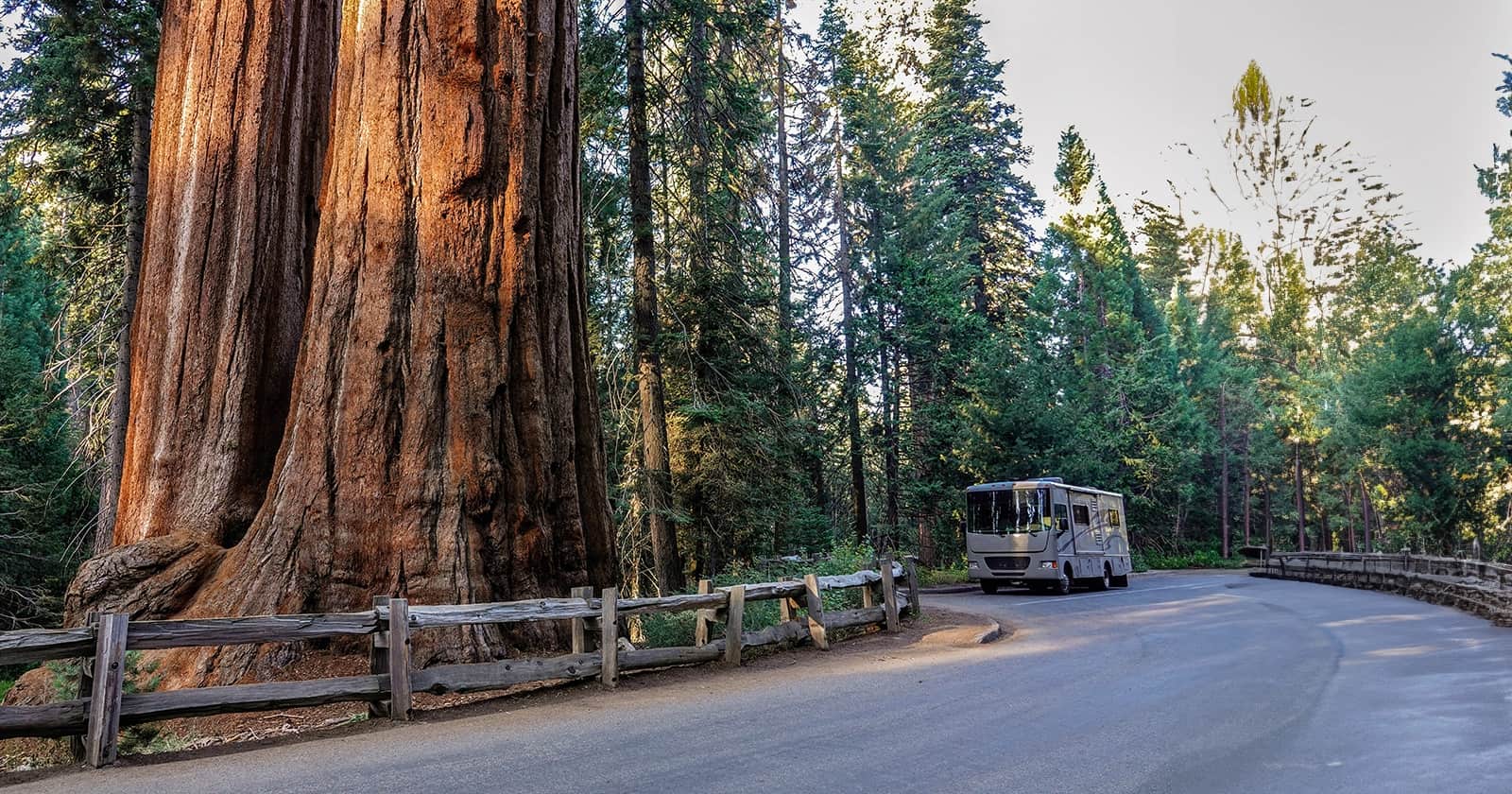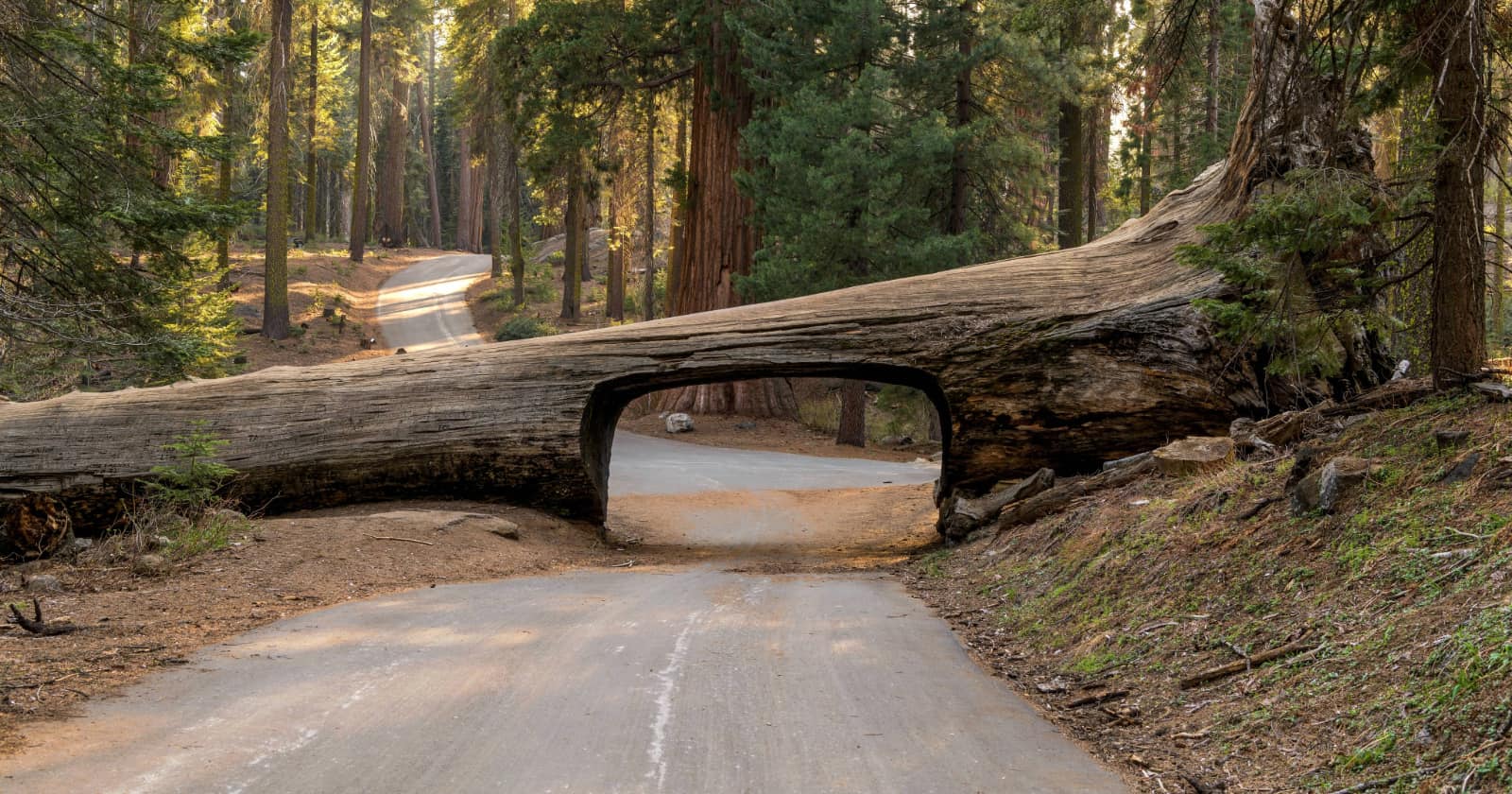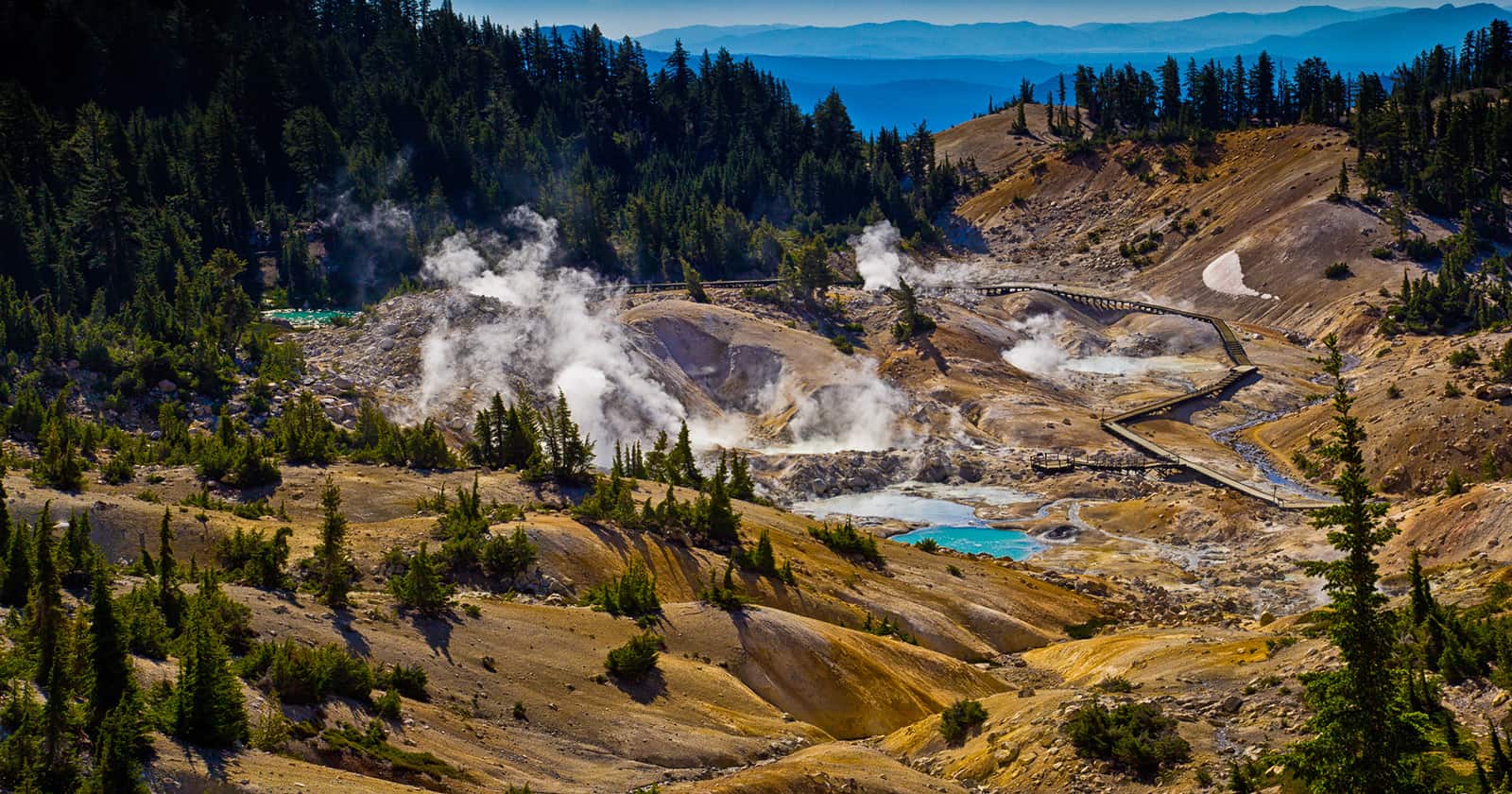State Parks and National Parks: Here’s Everything You Need To Know
State parks and national parks alike offer standout RV camping experiences, each set in unique, natural landscapes. While there are key differences between them, the main distinction comes down to ownership.
National parks, large areas of untouched nature, belong to all U.S. citizens. Because of this, any changes or developments in these parks require federal government approval. Essentially, every U.S. citizen has a say in how these parks are managed.
On the other hand, state parks are owned by the residents of a specific state and are managed by that state’s government. They are funded by the state, which also sets the rules for the park’s use. This includes who can use the park and how it can be used. A recent example of this is a law in Florida that prioritizes state residents over visitors from other states when making reservations in Florida State Parks.
Considering these basic differences between the national and state park systems, it’s clear that each can offer a unique camping experience. Each type of park has its own pros and cons, so understanding these can help you plan a great RV camping trip. Use this article as a guide in your decision-making process, helping you plan a wonderful family vacation.
State Parks
Advantages
State parks offer a host of appealing benefits for families seeking a retreat from the daily hustle, without the need for a substantial road trip. With nearly 4,000 state parks scattered across the U.S., chances are there’s one conveniently located near you. This proximity to home can often make camping at a state park more cost-effective than venturing to a national park. Additionally, state parks tend to charge lower fees and often don’t require an entrance fee due to their closeness to urban areas.
In terms of amenities, state parks typically offer more developed facilities than national parks. You’re likely to encounter well-maintained camping sites, picnic tables, and multiple access points. What you probably won’t find, however, are massive crowds vying to witness one of the iconic natural wonders often protected within national parks.
Disadvantages
On the downside, state parks, as a general rule, are smaller than their national counterparts. Their compact size and easy accessibility can make them popular camping destinations, so depending on the park, you might need to book your spot several months in advance.
The smaller scale of state parks also means they house fewer unique ecosystems or natural attractions. Multi-day hiking expeditions may be off the table, but you can still expect a range of wonderful trails and spectacular sights that can be explored within a few hours.
National Parks
Advantages
All told, there are 424 national parks in the US. National parks span thousands of acres and sometimes cross multiple state borders. Depending on where you live, a national park may take longer to get to than a state park. However, chances are, it will have at least one or two absolutely spectacular and unique attractions within its expansive boundaries.
Because of their size, you’ll find amazing, epic experiences in national parks that you won’t find anywhere else. From wildlife viewing opportunities to multi-day hikes or horseback riding trips through a variety of ecosystems, national parks provide many activities that you won’t find in state parks.
In addition, national parks often provide educational opportunities and visitor programs. For example, if you visit Mammoth Cave National Park in Kentucky, you can book a guided tour of the massive cave.
US national parks frequently make it onto the bucket lists of people from around the world. There’s a certain prestige to ticking a park such as Yosemite off your to-dos. Expect them to be popular and you won’t be disappointed.
If you are looking for a back-to-nature camping experience, you can find it in a national park. Campsites at national parks are basic so you can unwind in a beautiful and peaceful natural environment without interruption.
Disadvantages
Undoubtedly, each national park, with its unique features and attractions, offers a spectacular and singular experience. However, it’s important to consider some potential drawbacks of these awe-inspiring locations.
For instance, they are typically more expensive to visit compared to state parks due to their remote locations, resulting in higher travel, camping, and entrance fees. This distant placement could deter campers with limited vacation time.
Furthermore, the qualities that make national parks so endearing also render them exceedingly popular. This popularity can make securing a campsite during the busy season, from May to October, particularly challenging.
Some campers may also perceive the lack of amenities at more rustic national park campsites as a disadvantage. If you’re hoping for comprehensive facilities, such as hookups, you might be left wanting.
What You Should Consider When Choosing Between State Parks And National Parks
How Much Time Do You Have?
Your choice between a state park and a national park for your RV camping trip will hinge on several considerations. Firstly, how much time can you allocate?
If you have only a few days of vacation, the journey to a national park might not be feasible. In such cases, a local state park could present the perfect weekend getaway. Conversely, if you have the luxury of a few days or a week, an RV camping trip to a national park can create memories that will last a lifetime.
What’s Your Budget?
Inevitably, money also has to factor into your decision-making process. What’s your budget including travel, park, and camping fees? If you’re on a tighter budget, camping at a state park makes better sense than traveling to a national park and paying higher fees when you get there.
What’s Important to You?
What do you want from your camping experience? Are you just looking for a base camp while you go exploring nearby attractions? Do you want to immerse yourself in the wonders of nature for a few days or a week? Do you want state park amenities like a playground or splash park for the kids or a cafe where you can enjoy an icy cold brew coffee or ice cream? State parks will give you more amenities while national parks offer a more immersive natural experience. Consider what’s important to you before you book a vacation at either a national or state park.
Conclusion
Choosing between national parks and state parks for your camping trip involves considering various factors. Let’s organize these considerations for each type:
National Parks:
- Size and Experience: National parks are vast areas of protected land that provide unique and immersive experiences with nature. Despite a higher cost, the exceptional sights and features usually justify the expense.
- Amenities: National parks generally offer fewer amenities than state parks.
- Crowds: Popular park attractions often draw large crowds during the summer months, leading to potential traffic jams and challenges in finding parking or a campsite.
- Mitigation Strategies: You can avoid the crowds by traveling during off-peak seasons or using less crowded access points. Additionally, consider exploring less popular attractions within the park.
State Parks:
- Accessibility and Variety: State parks are generally easier to access than national parks and can offer a wide range of natural experiences at a lower cost.
- Park Rules: Since each state manages its parks differently, rules can vary from park to park.
- Amenities: If amenities are a priority, state parks usually offer a broader selection. It’s recommended to check with the specific park for available facilities.
One of the fantastic aspects of the U.S. is the ability to choose from diverse camping experiences. The vast expanses of national parks offer unforgettable adventures, while state parks provide convenience and a distinctly regional experience. Exploring both allows for a broad spectrum of camping experiences, each with its unique charms.
Dive into RV LIFE Campground Reviews for detailed information on attractions and amenities offered at different national and state parks. With this helpful resource, you’ll not only learn what each park offers but also gain insights from authentic reviews written by fellow RVers. It’s a great tool for planning your upcoming outdoor trip.




